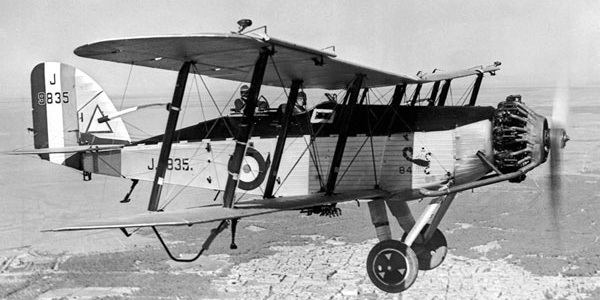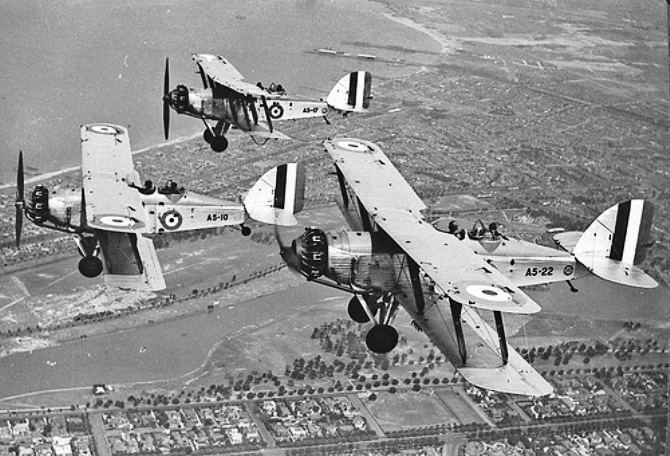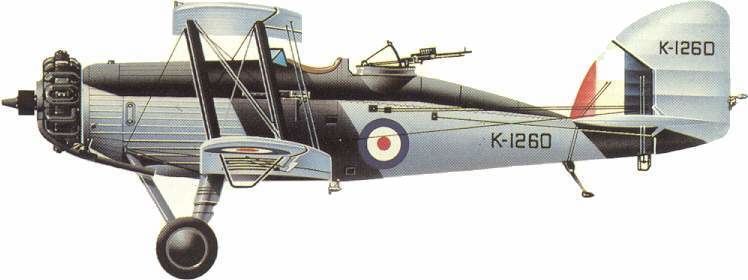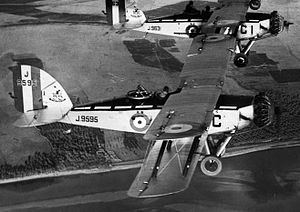Length 9.65 m Wingspan 14 m | Top speed 207 km/h First flight March 1927 Designer Arthur Davenport | |
 | ||
The Westland Wapiti was a British two-seat general-purpose military single-engined biplane of the 1920s. It was designed and built by Westland Aircraft Works to replace the Airco DH.9A in Royal Air Force service.
Contents
- Design and development
- Operational history
- Military operators
- Variants
- Survivors
- Specifications Wapiti IIA
- References

First flying in 1927, the Wapiti entered service with the RAF in 1928, and remained in production until 1932, a total of 565 being built. It equipped twenty squadrons of the RAF, both overseas (particularly in India and Iraq) and at home, remaining in RAF service until 1940, also being used by the Air Forces of Australia, Canada, South Africa and India. It also formed the basis for the Westland Wallace which partly replaced the Wapiti in RAF use.

The Wapiti is named for the wapiti, also known as elk, one of the largest species of the deer family and one of the largest land mammals in North America and eastern Asia.

Design and development

In 1927, the British Air Ministry issued Specification 26/27 for a replacement of the elderly Airco DH.9A, designed during the First World War which still equipped the Royal Air Force's General Purpose squadrons. To save time and money, the specification called for the use of a high proportion of DH.9A components, (as the RAF still held large stores of DH.9A spares), while it encouraged the use of an all-metal structure. A large number of types were tendered to meet this requirement from most of the major British aircraft manufacturers, including Westland, who submitted the design that later became known as the Wapiti. Westland had an advantage in that it had carried out the detailed design work for the DH.9A, and was already a major contractor for the DH.9A.
The Wapiti was a conventional single-engined equal-span two-bay biplane with a slight wing stagger. It had tandem open cockpits and a fixed main undercarriage plus a tailskid. The forward fuselage was of metal tube structure with aluminium-and-fabric covering, while the rear fuselage was of fabric-covered wooden construction. The wings and tail were standard wooden DH.9A components, although later models replaced the wooden parts with an all-metal structure. The Wapiti was powered by a single Bristol Jupiter radial engine, and its crew of two were armed with a forward-firing Vickers machine gun and a Lewis gun for the observer, while it could carry up to 580 lb (264 kg) of bombs under the wings and fuselage. It was also fitted with radio and photographic cameras, and like the DH.9A before it, could carry a spare wheel for operations in adverse terrain.
The prototype first flew on 7 March 1927. Initial tests showed poor control, and the prototype was modified with a much larger tail and horn-balanced ailerons, solving these problems. (It was later discovered that a 2-foot (0.61 m) fuselage section had been omitted from the prototype – as handling was now acceptable, it was not reinstated.) The Wapiti performed well during RAF trials, while using significant amounts of DH.9A components, and was declared the winner of the competition, an initial contract for 25 aircraft being placed in October 1927.
After initial production, the wooden fuselage, tail and wings were replaced by metal structures in the Wapiti II and IIA, and the original long fuselage was eventually reinstated in the Wapiti V and later versions. In 1930, Westland produced an updated version of the Wapiti, the Wapiti VII, which differed so much that it was renamed the Westland Wallace.
Operational history
The type entered service with No. 84 Squadron RAF in Iraq in June 1928. It was heavily used in Iraq and India in the Army Cooperation role, acting also sometimes as a bomber or reconnaissance aircraft. Wapitis of No. 20 squadron escorted Victoria troop carriers in the evacuation of Kabul (the Kabul Airlift) in December 1928. It was still in service in India until 1942. In Britain, Wapitis served with the Auxiliary Air Force from 1929 to 1937. It was also flown by Australia and Canada, where it saw service at the start of the Second World War.
The prototype Wapiti V, registered G-AAWA, was used for demonstration flights in Argentina and Uruguay on floats, powered by a 550 hp Armstrong Siddeley Panther IIA engine. It was later modified as the Bristol Pegasus-powered Westland PV-6 or Wapiti VII, re-registered G-ACBR (also known as the Houston-Wallace after the patron Lucy, Lady Houston), for an attempt to fly over Mount Everest. Flown by Flt Lt David F. McIntyre and accompanied by a Westland PV-3 the two aircraft became the first to fly over Mount Everest on 3 April 1933. The PV-6 was later designated the Wallace Mk I, bearing serial K3488 which introduced a number of improvements. A total of 68 Wapitis were converted to Wallace Mk I standard.
Military operators
(in India)
(in Iraq)
(in the United Kingdom)
Variants
All built by Westland at Yeovil
Survivors
A Westland Wapiti (S.No. K-813) survives at the Indian Air Force Museum, Palam, Delhi. It is the last surviving aircraft of the type. The fuselage and lower wing of another (S.No. K-811) reportedly survived at the museum's storage facility but in June 2012 it was confirmed that only K-811's lower wing survives, albeit in a ruinous condition.
Specifications (Wapiti IIA)
Data from The British Bomber since 1914
General characteristics
Performance
Armament
